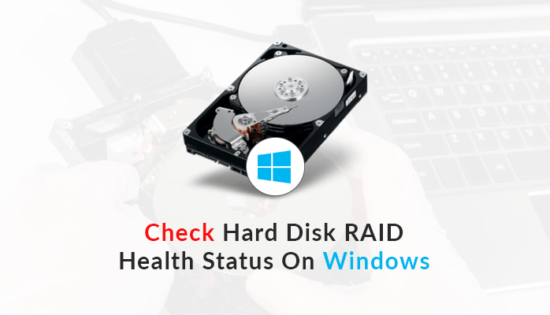
- #WINDOWS CHECK DISK HEALTH HOW TO#
- #WINDOWS CHECK DISK HEALTH SERIAL#
- #WINDOWS CHECK DISK HEALTH FULL#
- #WINDOWS CHECK DISK HEALTH LICENSE#
When the test completes, you will be notified with a pass/fail message.Select the test you wish to perform and click the Start button.VIEW TEST RESULT - displays the latest test results.
#WINDOWS CHECK DISK HEALTH FULL#
ERASE - writes zeros to the drive with options of Full Erase and Quick Erase. Test may take several hours to complete depending on the size of the drive.  EXTENDED TEST - performs a Full Media Scan to detect bad sectors. QUICK TEST - performs SMART drive quick self-test to gather and verify the Data Lifeguard information contained on the drive. When you select the run tests icon, the "DLGDIAG - Select an Option" window appears. Highlight the drive and select the icon on the top row to test or run SMART status. In the bottom window, the partition information for the selected drive will be displayed.
EXTENDED TEST - performs a Full Media Scan to detect bad sectors. QUICK TEST - performs SMART drive quick self-test to gather and verify the Data Lifeguard information contained on the drive. When you select the run tests icon, the "DLGDIAG - Select an Option" window appears. Highlight the drive and select the icon on the top row to test or run SMART status. In the bottom window, the partition information for the selected drive will be displayed. #WINDOWS CHECK DISK HEALTH SERIAL#
The model number, serial number, capacity, and SMART status of each drive will be displayed. In the top window, you will see the drives in your system that are available for testing.
On the main program screen, there are two windows. #WINDOWS CHECK DISK HEALTH LICENSE#
Read and accept the license agreement to continue. If running Windows Vista (or later), you will need to Right-Click on the WinDlg_vx_xx.exe file and choose to Run As Administrator. Extract and run the program, WinDlg_vx_xx.exe. Download the Windows Data Lifeguard Diagnostics, WinDlg_vx_xx.zip. Seagate does not endorse or accept any responsibility for the content, or use, of any such web sites. Seagate makes no representations whatsoever about the content of any of these web sites. These links are provided for your convenience only and your use of them is at your own risk. There are links in this document that will permit you to connect to third-party web sites over which Seagate has no control. To obtain product specifications and warranty information, please contact the respective vendor directly. You should make your own independent evaluation before conducting business with any company. Here, click the Tools tab and then click. The Properties window for the selected drive will now open. Right-click on the drive that you wish to scan - most commonly this will be your C: Drive or D: Drive - then click Properties. Each company listed is independent from Seagate and is not under the control of Seagate therefore, Seagate accepts no responsibility for and disclaims any liability from the actions or products of the listed companies. To start, open a new File Explorer window (click Windows key + E) then click This PC. Seagate makes no warranty - implied or otherwise - regarding the performance or reliability of these companies or products. Seagate references third parties and third party products as an informational service only, it is not an endorsement or recommendation - implied or otherwise - of any of the listed companies. REFERENCE TO THIRD PARTIES AND THIRD PARTY WEB SITES. Now In the cmd prompt, type the following command: wmic diskdrive get model, status In Windows 10, you may check the health of your SSD or hard drive. #WINDOWS CHECK DISK HEALTH HOW TO#
For further information on how to use SeaTools, please refer to Document ID: 202435 SeaTools for Windows can also be used to test Seagate, Samsung, and Maxtor-brand external drives for errors.


Where x is the drive letter of the drive you want to test.

In the Search programs and files field, type: Windows 8: Press Windows key ( ) + X, then select Command Prompt (Admin). In the Properties menu, select the Tools tab. In the bottom window, right-click on the partition box, which is found to the right of the box containing the Disk number (ie, Disk 1). Windows 7/Vista/XP: Right-click on (My) Computer and select Manage. This document details the preferred procedure for performing the Microsoft Windows error-checking utility known as checkdisk. Hard disk drive data integrity is always on the minds of end users. Details the proper procedures for running the Microsoft Windows 8/7/Vista/XP/2000 error-checking utility called "CheckDisk".








 0 kommentar(er)
0 kommentar(er)
